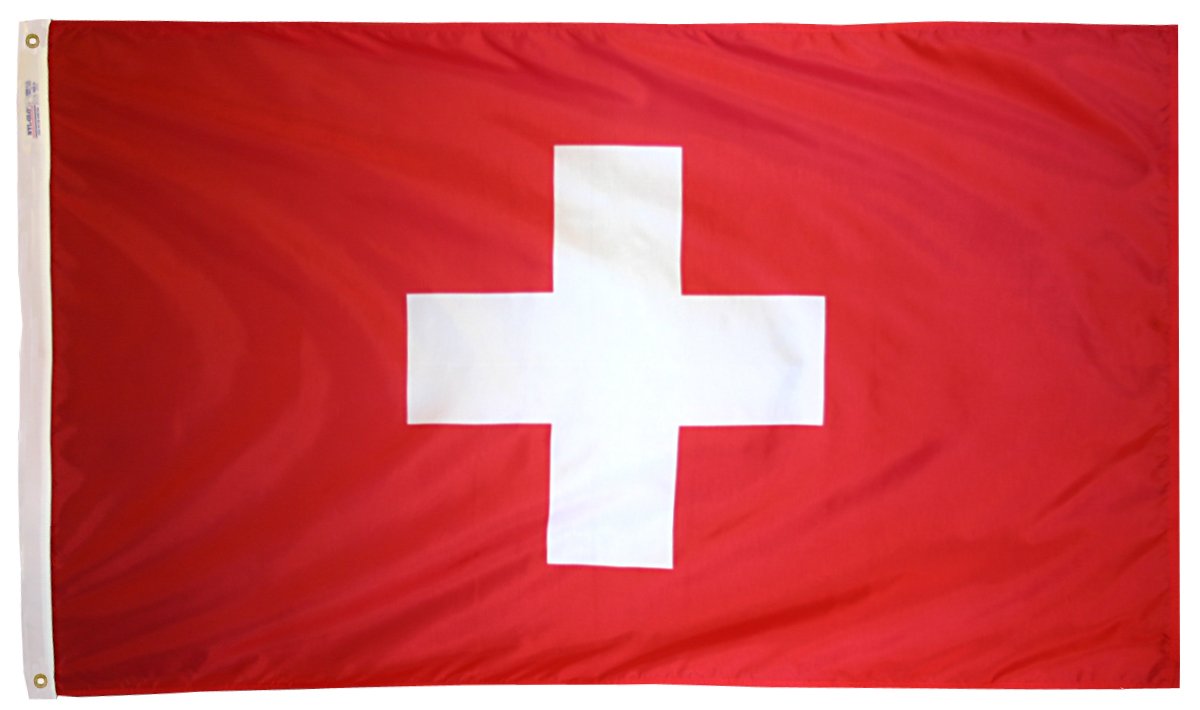Introduction
When planning international travel, especially to Europe, understanding visa requirements is essential. One of the most commonly discussed visa types is the Schengen visa. Named after the 1985 Schengen Agreement, this visa allows travelers to move freely across many European countries without facing border controls. However, not all European countries are part of the Schengen Area, and many countries outside Europe also have different visa rules. This article provides a comprehensive list and explanation of Schengen visa countries and non-Schengen visa countries to help travelers plan their journeys with ease.
What is the Schengen Visa?
The Schengen visa is a short-stay visa that allows travelers to visit any member of the Schengen Area for up to 90 days within a 180-day period for tourism, business, or transit. The Schengen Area functions as a single jurisdiction for international travel purposes, with a common visa policy.
Once you have a Schengen visa, you can travel across all the member countries without additional visas or border checks, similar to traveling between states in the U.S.
Schengen Visa Countries
As of 2024, there are 29 countries in the Schengen Area. Most of these are members of the European Union (EU), but some non-EU countries also participate. Here is the full list:
European Union Members in the Schengen Area:
Austria
Belgium
Czech Republic
Denmark
Estonia
Finland
France
Germany
Greece
Hungary
Italy
Latvia
Lithuania
Luxembourg
Malta
Netherlands
Poland
Portugal
Slovakia
Slovenia
Spain
Sweden
Croatia
Non-EU Members in the Schengen Area:
Iceland
Liechtenstein
Norway
Switzerland
EU Members Recently Joined or Partially Implementing Schengen:
Romania (joined Schengen partially in 2024, with air and sea borders open)
Bulgaria (also partially implemented Schengen in 2024)
Note: While Bulgaria and Romania have begun implementing the Schengen rules at airports and seaports, full land border implementation is still pending.
Countries That Are Not in the Schengen Area
Many countries in Europe and beyond are not part of the Schengen Area. These can be divided into two groups:
1. Non-Schengen European Countries
These countries are located in Europe but are not part of the Schengen Zone. Some have their own visa policies, and travelers may need separate visas even if they have a Schengen visa.
United Kingdom (England, Scotland, Wales, Northern Ireland): The UK was never part of Schengen and now has its own visa policy post-Brexit.
Ireland: Not part of the Schengen Zone but part of the EU. It maintains the Common Travel Area (CTA) with the UK.
Cyprus: EU member, but not yet part of the Schengen Zone. A separate visa is required.
Albania
Bosnia and Herzegovina
North Macedonia
Montenegro
Serbia
Ukraine
Moldova
Belarus
Russia
Turkey
Some of these countries allow visa-free entry or visa-on-arrival for certain nationalities, but this varies based on the traveler’s passport.
2. Non-European Countries
These are countries located outside of Europe and hence not part of the Schengen agreement. Each has its own visa policy.
United States
Canada
Australia
New Zealand
China
India
Japan
South Korea
Brazil
South Africa
United Arab Emirates
Saudi Arabia
Thailand
Malaysia
Indonesia
Although these countries are not in the Schengen Area, many of them have bilateral agreements that allow their citizens to enter Schengen countries visa-free for up to 90 days (e.g., citizens of the U.S., Canada, Japan, etc.). Others, like citizens of India or China, usually require a Schengen visa.
Important Notes for Travelers
Multiple Entry vs. Single Entry: A multiple-entry Schengen visa allows you to leave and re-enter the Schengen Area within the visa validity, while a single-entry visa only allows one entry.
Visa-Free Countries: Some nationalities do not require a visa to enter the Schengen Area for short stays. Examples include the U.S., Canada, Japan, South Korea, and most Latin American countries.
ETIAS System (Coming Soon): The EU plans to implement the European Travel Information and Authorization System (ETIAS), expected to be fully operational in 2025. This will require travelers from visa-free countries to apply online for travel authorization before entering the Schengen Zone.
Conclusion
Understanding the distinction between Schengen and non-Schengen countries is vital for planning your international trip. The Schengen visa simplifies travel across much of Europe, but it’s important to be aware of countries that require separate visas. Always check the latest visa requirements from official embassy websites or immigration portals before booking your travel. With careful planning, you can enjoy seamless and memorable journeys across Europe and beyond.



